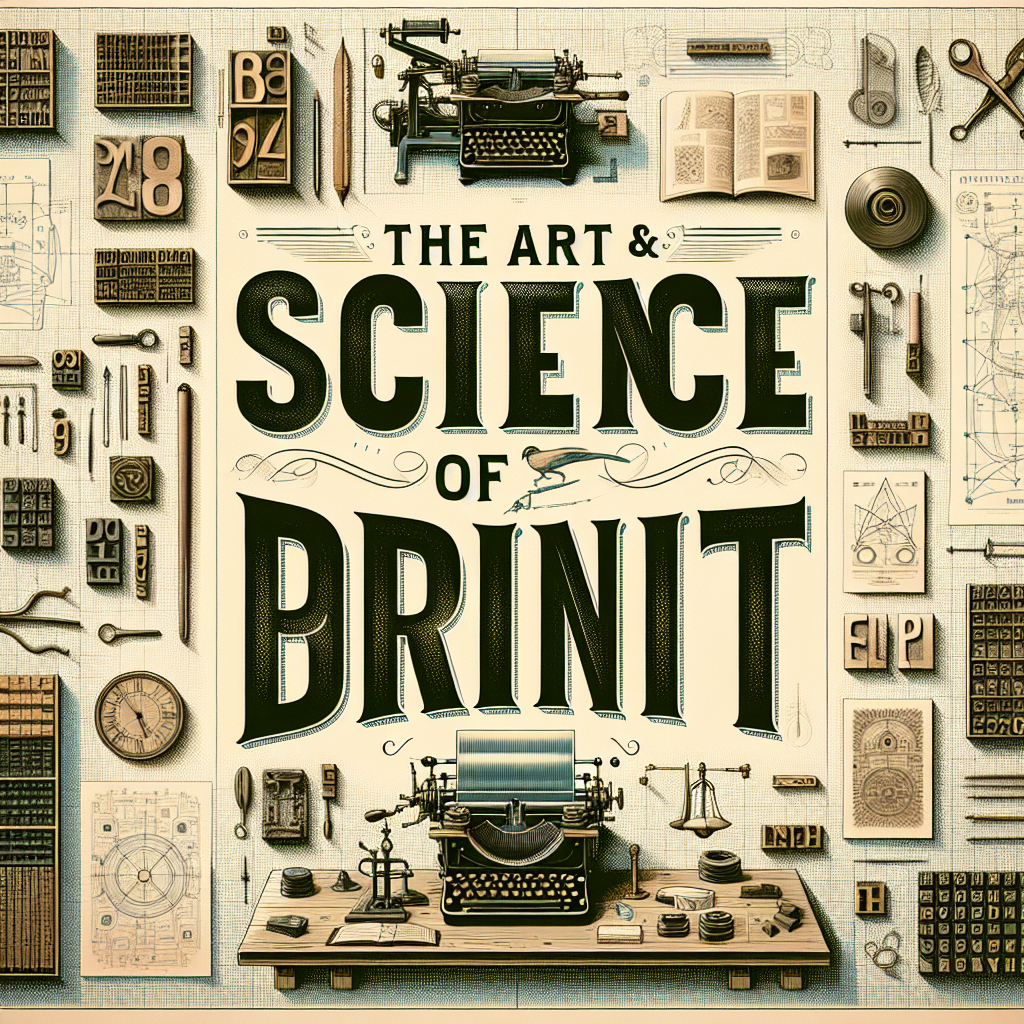The Art and Science of Print Design
Print design remains an integral part of our lives, despite the digital revolution. It appears in numerous forms like magazines, posters, brochures, and billboards. It even extends to business cards and product labels. Mastering the art and science of print design can set you apart in the creative industry. But what does it truly entail? Let’s delve in.
The Basics of Print Design
Print design is a subset of graphic design – which is an art or profession of combining text, pictures, and ideas to communicate visually. It involves creating designs that are intended for print. The process includes drafting a concept, translating it into a visual form and eventually transmitting it by printing onto different types of surfaces such as paper, plastic, cloth, etc.
The Art of Print Design
Art in print design refers to the creative and aesthetic aspect of the process. It involves creating an appealing visual that effectively communicates a message. This includes the selection of colors, fonts, and shapes, which should blend to produce a cohesive design. The successful print designer can balance the various elements and harness them to create designs that convey their intended message. This requires an innate understanding of color theory, typography, and design principles.
The Science of Print Design
Aside from the artistic element of print design, there is also the scientific aspect. This part of print design lies in understanding the technical requirements like the ideal resolution for different kinds of print, the type of color system to utilize (RGB for digital and CMYK for print), and how to prepare the design for various printing methods (digital printing, offset printing, etc.). Furthermore, understanding the psychology of color and how it influences human perception is part of the science of print design.
Why the Combination of Art and Science Matters in Print Design
Mastering the combination of both art and science in print design is critical to creating effective and successful print materials. The artistic aspect allows for creating appealing designs while the scientific helps facilitate accurate print output. Without an understanding of the scientific aspects, a printout may not replicate the beauty of the original design. On the other hand, no amount of understanding of the scientific principles can make up for a poorly executed artwork.
Conclusion
Digital technology has not diminished the significance of print design. Rather, it has enhanced it by providing more sophisticated tools for creating stunning designs. The main challenge is understanding and incorporating the delicate balance of art and science in print design. The art allows you to design creatively while the science ensures your design prints accurately. Consequently, through mastering both the art and science of print design, you can create work that is both visually stunning and effectively communicates its intended message.
FAQs
- Q: What is the difference between print design and digital design?
- A: The main difference is in the medium. Print design is designed for physical print, while digital design is for digital platforms. The design principles remain the same, but there are different technical requirements for each medium.
- Q: What do you mean by the science of print design?
- A: The science of print design refers to the technical aspects of preparing your design for print. This includes understanding resolutions, color spaces, and printing methods.
- Q: Why does color theory matter in print design?
- A: Understanding color theory helps designers use color effectively to communicate and influence moods or emotions. This can greatly impact the effectiveness of a design.
- Q: What resolution should my print designs have?
- A: In general, print designs should be at least 300 DPI (Dots Per Inch) for best results. Lower resolutions could result in blurry or pixelated images.
- Q: Can I use the same file for print and digital purposes?
- A: It depends, but often a separate file may be required. Print designs often require CMYK color mode and higher resolution than digital designs. Also, file sizes for printing can be much larger than what is suitable for web use.

